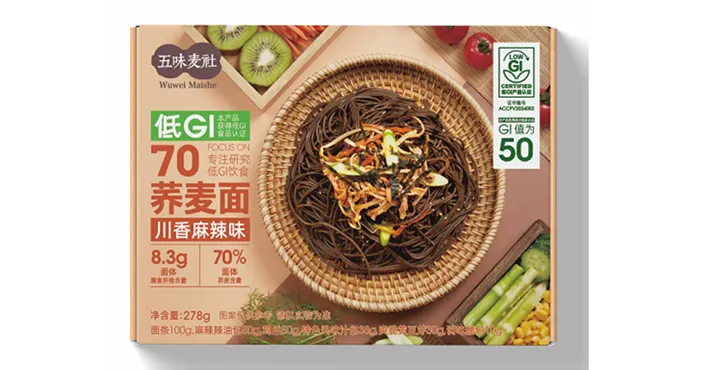buckwheat noodles
The Wonders of Buckwheat Noodles A Culinary Delight
Buckwheat noodles, known as soba in Japan, have gained international fame not only for their unique flavor and texture but also for their remarkable health benefits. With a history that dates back centuries, these noodles have become a staple in various cuisines, celebrated for their versatility and nutritional value. Let's explore the origins, preparation, and health benefits of buckwheat noodles, along with some delicious ways to enjoy them.
Historical Background
Buckwheat is not actually a grain; it's a seed from a plant closely related to rhubarb. Originating in Southeast Asia, buckwheat noodles became popular in Japan during the Edo period (1603-1868). They are traditionally made by mixing buckwheat flour with water, then kneading the dough and rolling it out to create thin strands. Unlike wheat noodles, buckwheat noodles are gluten-free, making them an excellent option for those with gluten sensitivities or celiac disease.
Nutritional Benefits
One of the standout features of buckwheat noodles is their impressive nutritional profile
. They are rich in protein, fiber, and essential minerals, including magnesium, manganese, and phosphorus. Buckwheat contains antioxidants, which help combat oxidative stress in the body. Additionally, its high fiber content aids in digestion, promoting a healthy gut.Moreover, buckwheat noodles have a low glycemic index, making them a smart choice for those looking to manage their blood sugar levels. The presence of flavonoids, particularly rutin, helps strengthen blood vessels and may reduce the risk of heart disease. Incorporating buckwheat noodles into your diet could contribute to long-term health improvements.
Culinary Uses and Preparation
buckwheat noodles

Buckwheat noodles can be served hot or cold, making them a versatile ingredient in various dishes. The cooking process is relatively simple boil the noodles in water for about 5-8 minutes until tender, then drain and rinse under cold water to remove excess starch.
Here are a few popular ways to prepare and enjoy buckwheat noodles
1. Soba Salad A refreshing soba salad can be made by tossing cooked and cooled noodles with vibrant vegetables such as cucumbers, bell peppers, and carrots. Drizzle with a light soy sauce, sesame oil, and rice vinegar dressing for a delightful meal.
2. Hot Soba Noodle Soup For a comforting dish, prepare a hot soba noodle soup. Use a dashi broth, add vegetables like bok choy and mushrooms, and place the noodles in a bowl. Top with green onions, nori, and perhaps a soft-boiled egg for an extra touch.
3. Stir-Fried Soba Buckwheat noodles can also be a fantastic addition to stir-fries. Sauté your favorite proteins and vegetables in a wok, toss in the cooked noodles, and add a savory sauce made of soy sauce, garlic, and ginger for a quick and satisfying meal.
4. Soba Noodle Buddha Bowl Build a nourishing buddha bowl by layering soba noodles with greens, roasted vegetables, avocado, and your protein of choice, all topped with a sesame dressing or tahini sauce.
Conclusion
Buckwheat noodles embody a unique blend of history, nutrition, and culinary versatility. Their nutty flavor and chewy texture can elevate countless dishes, while their health benefits make them an ideal choice for anyone looking to enhance their diet. Whether enjoyed in a traditional soba dish or added to modern recipes, buckwheat noodles are more than just a culinary trend; they are a celebration of good food that nourishes the body and delights the taste buds. So the next time you're in search of a new ingredient or dish to try, consider reaching for buckwheat noodles and indulge in their unique benefits and flavors.
-
Is Whole Wheat Pasta Healthy?NewsMay.30,2025
-
Are Soba Noodles Good for Weight Loss?NewsMay.30,2025
-
Are Buckwheat Soba Noodles Healthy?NewsMay.30,2025
-
Are Buckwheat Soba Noodles Gluten Free?NewsMay.30,2025
-
Are Buckwheat Noodles Good for You?NewsMay.30,2025
-
A Healthy Way to Savor Soba and Spicy FlavorsNewsMay.30,2025
-
What Are Lanzhou Noodles?NewsMay.30,2025
Browse qua the following product new the we

















































































































